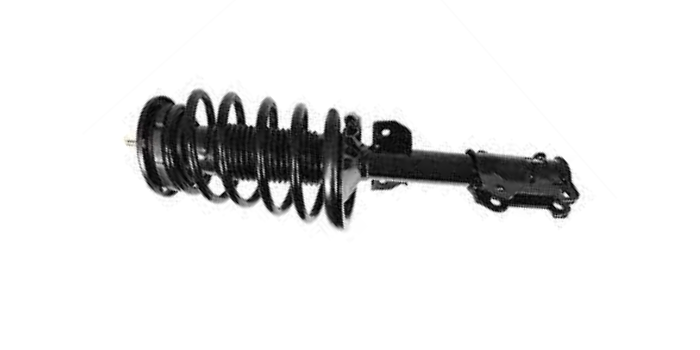Get Your Free Quote
- Best Price Guarantee Buy with confidence because you aren't getting a better price than this.
- Free Shipping
Enjoy the luxury of free shipping on orders above $299. - A Grade Quality Used Car Parts
Avail the best OEM Auto parts & components that are just as new. - Our Friendly Parts Specialist will get you what you need !!
Car Strut and Shocks

Role of shocks and struts
a key part of your vehicle's suspension system, shocks and struts help keep your vehicle's tires in contact with the road. Why is this so important? If your car doesn’t maintain firm contact with the road, steering, handling and braking can all be affected. quality ride control products perform many vital functions:
Control excessive body and tire movement
Reduce vehicle bounce, roll and sway – plus brake dive and acceleration squat
Help maintain consistent handling and braking
Help maintain wheel alignment
Help reduce the potential of premature wear on tires and other suspension parts
Difference between shocks and struts
Many times, you’ll hear people refer to shocks and struts interchangeably. However, shocks and struts are two distinct parts with different functions. While both can help with your vehicle’s ride and handling, these parts work in different ways. shocks are individual components of the suspension system while struts are a major structural component of the chassis and suspension system.
What struts do
The strut is a common damper type used on many of today's independent suspension, front wheel drive vehicles as well as some rear wheel drive vehicles.
A strut is a major structural part of a suspension. It takes the place of the upper control arm and upper ball joint used in conventional suspensions. Because of its design, a strut is lighter and takes up less space than the shock absorbers in conventional suspension systems.
Struts perform two main jobs. First, struts perform a damping function like shock absorbers. internally, a strut is like a shock absorber. a piston is attached to the end of the piston rod and works against hydraulic fluid to control spring and suspension movement. Just like shock absorbers, the valving generates resistance to forces created by the up and down motion of the suspension. Also like shock absorbers, a strut is velocity sensitive, meaning that it is valved so that the amount of resistance can increase or decrease depending on how fast the suspension moves.
Struts also perform a second job. Unlike shock absorbers, struts provide structural support for the vehicle suspension, support the spring, and hold the tire in an aligned position. Additionally, they bear much of the side load placed on the vehicle's suspension. As a result, struts affect ride comfort and handling as well as vehicle control, braking, steering, wheel alignment and wear on other suspension parts.
Strut components
Typically, struts consist of a strut housing to provide rigid structural support for the assembly and a damping unit within the strut housing to control spring and suspension movement. On most struts, the bottom of the body attaches to the steering knuckle, which in turn connects to a lower control arm through a lower ball joint.
A complete strut assembly includes all the components needed for strut replacement in a single, fully-assembled unit. It combines the strut housing, damping unit with a coil spring to support the vehicle's weight.
(786) 550-5786